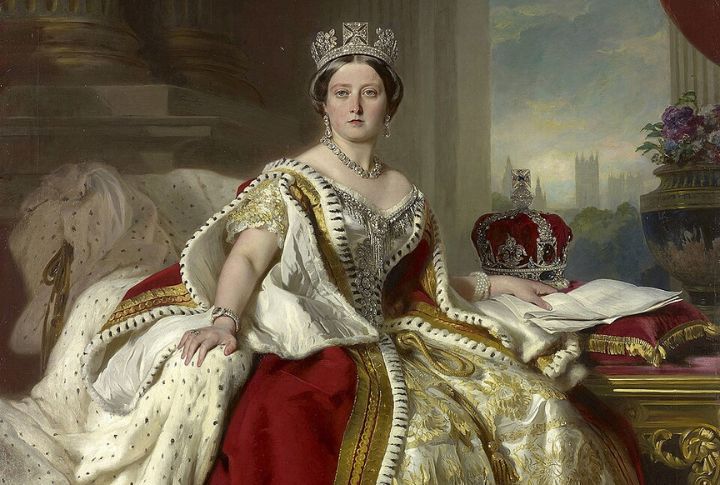
Queen Victoria’s reign left a lasting imprint on modern life that has yet to fade. As the second-longest-reigning British monarch until Elizabeth II surpassed her, Victoria’s cultural influence extended far beyond palaces and politics. Here are ten ways Queen Victoria continues to be part of our daily rituals and social expectations.
White Weddings Took Off With Her Dress
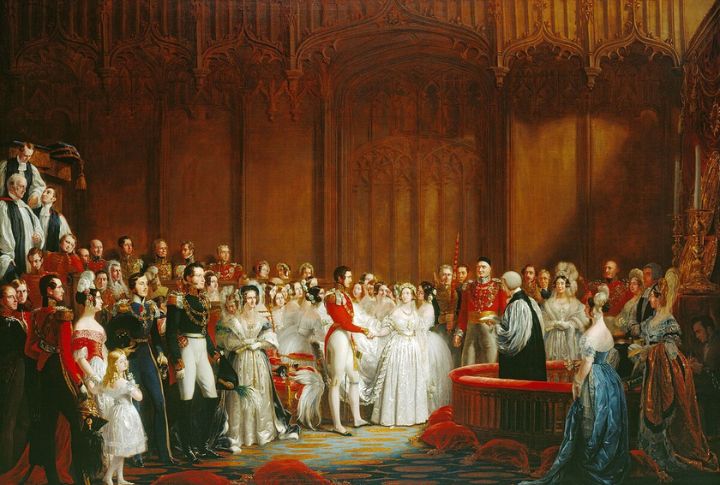
Before Queen Victoria’s 1840 marriage to Prince Albert, brides typically wore their best dress, regardless of color. In fact, black and deep colors were common. But Victoria took a bold step by donning a white satin gown trimmed with Honiton lace. Her white dress symbolized purity, but more than that, it became a fashion sensation.
Black Mourning Became The Grief Uniform

When Prince Albert passed away in 1861, Queen Victoria entered a period of mourning and never left it. She wore black for nearly four decades, a public expression of private grief that sparked a cultural phenomenon across Europe and North America. Black mourning attire soon became a standard, not an optional choice.
Christmas Trees Became A Holiday Staple
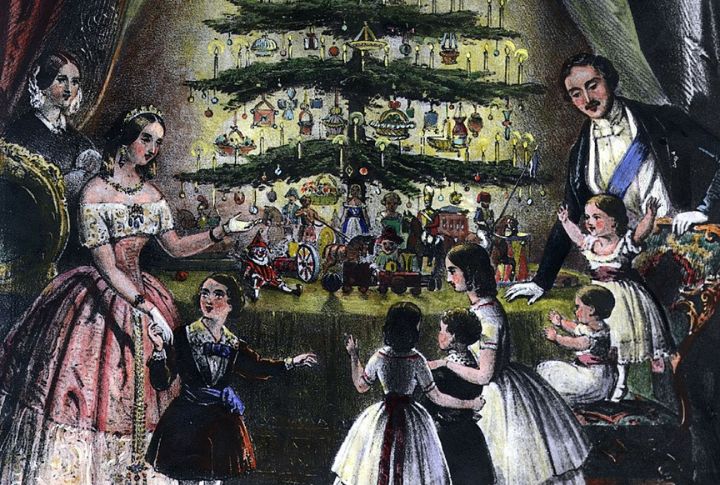
Though Christmas trees existed before Victoria, it was she and Prince Albert’s public embrace of the tradition that turned the pine tree into a must-have holiday centerpiece. Adorned with candles, gingerbread, and fruit, the tree captured public imagination. Suddenly, households across England and the United States wanted their version.
Public Morality Took Its Victorian Shape
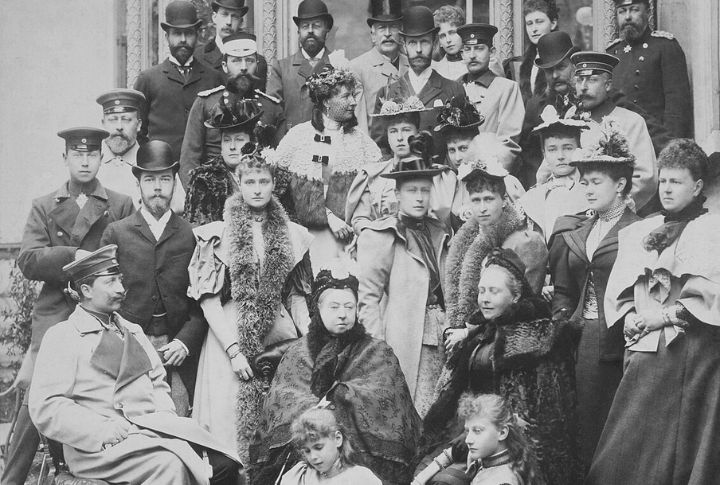
The term Victorian has become shorthand for strict social codes. Queen Victoria’s personal values of modesty and moral uprightness became the foundation of public behavior, especially among the upper class. This era’s etiquette went beyond dresses; it shaped everything from how one expressed affection to how furniture was arranged.
She Made The White Wedding Cake The Standard
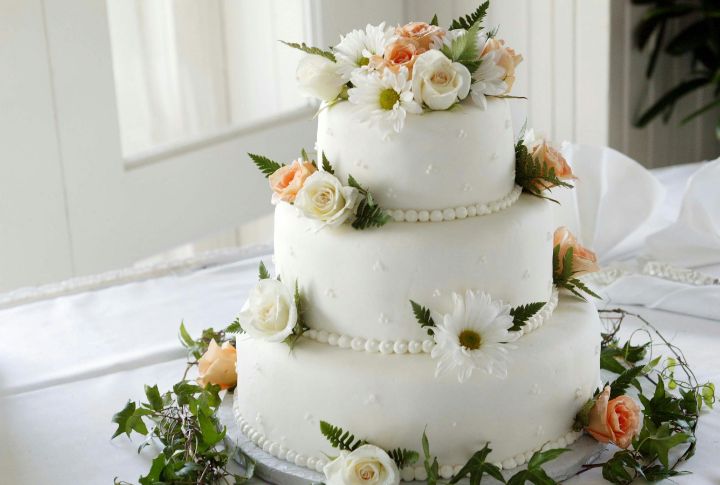
When Victoria married Albert, her 300-pound white wedding cake caused quite a stir. At the time, refined white sugar was expensive, so a white cake became a visual cue of wealth and status. The cake was topped with intricate edible decorations and classical figures. A replica of the cake was created for her Golden Jubilee.
Victorians Made Christmas Cards A Tradition
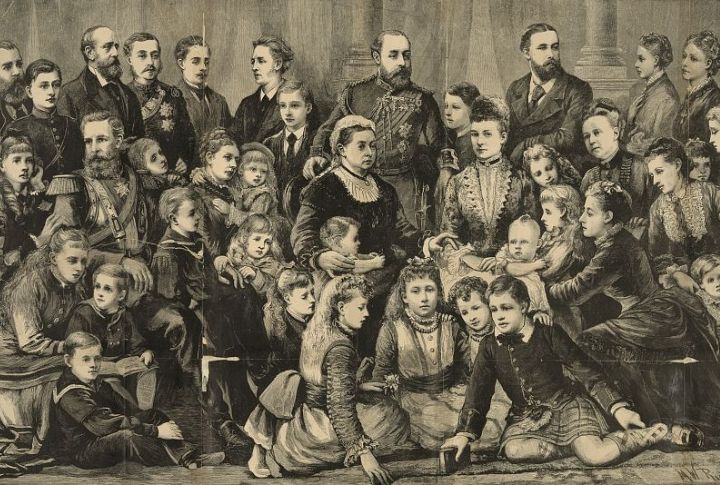
Christmas cards became a beloved custom during Queen Victoria’s reign. Although the first card was sent in 1843 by Henry Cole, the Victorian enthusiasm for holiday traditions and advances in printing technology helped turn sending festive cards into a widespread practice enjoyed by families across England and beyond.
Victoria Day Keeps Her Spirit Alive In Canada

Since 1845, Canadians have honored Queen Victoria’s birthday, May 24, with a public holiday known as Victoria Day. It remains Canada’s oldest continuously celebrated civic holiday, marking the unofficial start of summer with parades, fireworks, and garden parties. While newer monarchs are recognized, none has a holiday quite like Victoria.
Royal Obsession With Portraits Began With Her
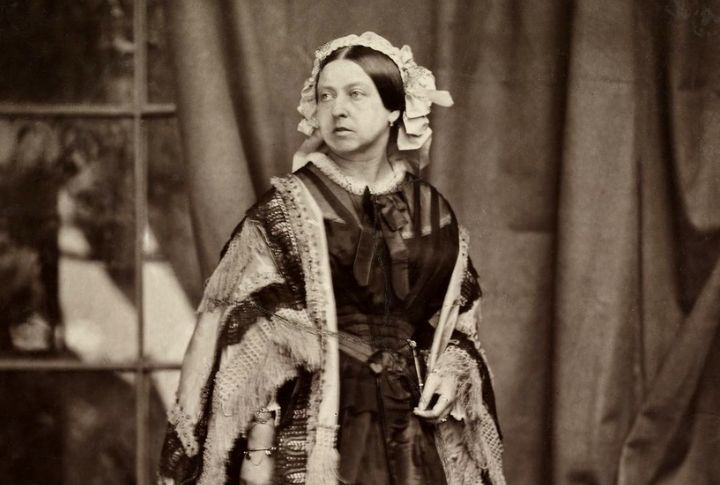
Victoria was one of the first royals to embrace the emerging medium of photography fully. She commissioned numerous portraits to shape her public image and control how she was perceived. Family portraits became souvenirs of the empire, distributed across continents. Getting royal portraits was Victoria’s understanding of visual branding.
Tea Time Became A Daily Ritual

Although tea drinking existed before her reign, Queen Victoria helped formalize afternoon tea as a social occasion. She made it fashionable to pause mid-afternoon for tea, snacks, and conversation. This Victorian tradition persists, with afternoon tea now a global custom in homes, hotels, and cafes.
She Set The Tone For Modern Royal Weddings
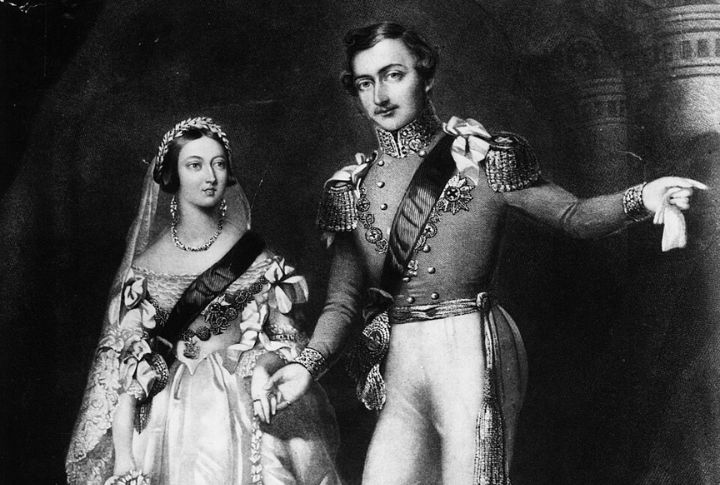
Victoria’s insistence on a personal, emotional ceremony set a new tone for royal weddings. She walked down the aisle of St. James’s Chapel in an 18-foot train, and later described her experience in emotional detail. This blending of grandeur and vulnerability laid the emotional foundation, followed by modern royal brides like Princess Diana and Kate Middleton.

